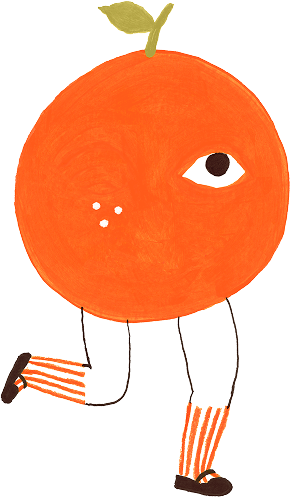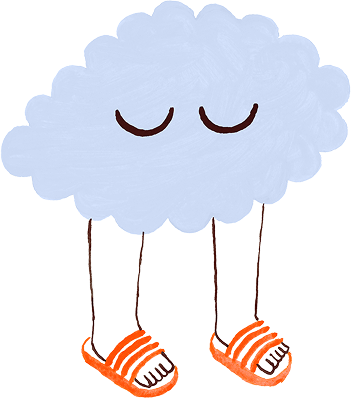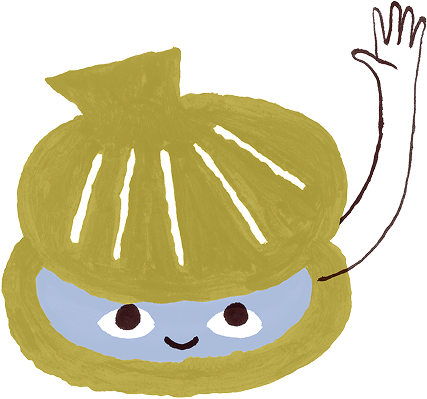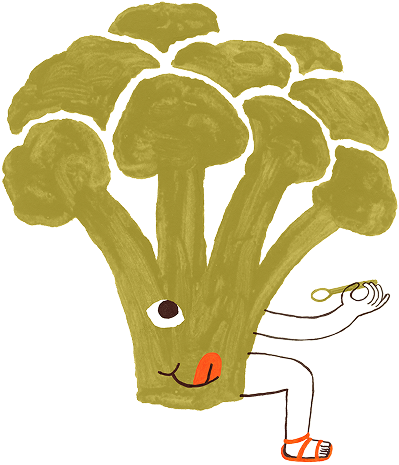So, you're making progress with potty training, and there's only one last skill to master: how to wipe. Many children still request help with wiping long after they go to the bathroom independently. As a mom of three, I can attest this is true. My kids learned this skill months or even a year after they learned to potty train.
Over the years, I've learned some helpful strategies for achieving this potty training skill. Here's a parent's guide on how to teach your kid to wipe properly.
Potty Training for Number 2: How to Wipe Your Butt
Potty training for bowel movements can provide an additional challenge. Parent data expert Emily Oster says it's also the last potty training skill learned. Many children master how to wipe after poops around age 4, but some might take a little longer.
This potty training skill is tricky to learn. Not only do you need to ensure good hygiene, but your child may also feel squeamish about this job. Here are some tips:
Get Comfortable
If your child feels nervous about this new skill, you can do some practice to familiarize your little one. You might play pretend and have your child "wipe" their stuffed animal. Or, have your child pretend to do it while fully clothed. The idea is to help your child feel more comfortable with cleaning their bottom.
How to Get Toilet Paper
Children famously use a ridiculous amount of toilet paper or barely any at all. Either way, it's problematic as the results are a clogged toilet or poop on your child's hand.
Teach your child how to get an appropriate amount of toilet paper. Practice this with your child. You can have your child count squares or measure an amount about the length of their arm. Then, show your child how to wrap the toilet paper around their hand or fold it.
Consider Wet Wipes
You might also consider using a wet wipe instead of dry toilet paper. Especially when your little one starts wiping independently, it can be hard to get a good clean. Remember to use wipes with safe ingredients. Also, teach your child to throw them in the trash because even flushable wipes may clog up your drain.
Wiping 101: How to Wipe Your Butt
Now, your child is ready to get into the nitty gritty. When teaching how to wipe, there are a few more options to consider such as:
Standing or Sitting
This may be a matter of personal preference and mechanics. For some children, it may be easier to stand and reach their bottom than when sitting. Ask your child to consider their preference. If your child decides to stand, they may need to squat a bit to be able to reach their bottom.
Dabbing vs. Wiping
Proctologist, Dr. Chung recommends dabbing or applying light pressure rather than aggressive wiping. Your child's skin is sensitive around their bottom. Teaching your child to wipe gently can help reduce the chances of irritation or other complications.
Teach Front to Back Wiping for Girls
While it doesn't matter as much for boys, girls should wipe from front to back. This can help reduce your little girl's chances of getting a urinary tract infection (UTI). Your little girl should also wipe from front to back after peeing.
Checking for Effectiveness
After wiping, remind your child to look at the toilet paper and notice if they feel clean. Explain to your child that if there's a stain on the toilet paper, they should throw the toilet paper away and try again with fresh toilet paper. Dr. Chung says the toilet paper doesn't need to be 100% clean, but any remaining stain should be small.
Having a dirty bottom can result in irritation. Remind your child to also wash their bottom in the bath or shower.
Have a Toileting Check-In
While you're on the topic of number 2s, it can also be a helpful moment to talk to them about bathroom habits and health. When children use the bathroom independently, it leaves parents out of the loop on how often their children have a bowel movement.
You can take advantage of the moment to chat about common issues such as constipation and diarrhea. This way, your child can let you know if they're having tummy troubles.

Wash Hands
Finally, remind your child how to wash their hands thoroughly. Explain to your child that washing hands helps them stay healthy.
Looking for other hygiene activities? Try these Montessori activities to teach hygiene.
What to Do When Your Child Refuses to Wipe Bottom
Sometimes, children aren't ready to learn certain skills when we teach them. Similar to approaching other areas of potty training, if your child is resisting, try backing off for a few weeks. Giving your child a break may be all they need.
If your child still doesn't want to learn, consider talking to your child's pediatrician. Some children may experience anxiety or fear around toileting and need support. In other cases, constipation may be a concern. Rule out any medical isssues.
Another way to manage is with a natural consequence. If your child is leaving the bathroom with a dirty bottom, you can require them to take a shower or change their underwear. Spending extra time getting clean may help motivate your child to use toilet paper or wipes instead.
Mastering Number Twos with Your Little One
Before you know it, your child won't call for you to help them after a number two. When that day comes, celebrate that you've officially graduated from potty training! While it's not the most glamorous part of parenting, teaching your child bathroom hygiene is important.
How's potty training going in your house? Let us know in the comments below.
Are you just getting started with potty training? Try our Montessori potty training tips.
Sources:








Leave a comment
This site is protected by hCaptcha and the hCaptcha Privacy Policy and Terms of Service apply.